KUALA LUMPUR, Aug 20 — If you can’t go to Tokyo, why not bring Tokyo to you?
That, at least, seems to be the premise of The Tokyo Ramen, a 29-seater restaurant in Lot 10 KL specialising in pork-free ramen. Chicken is used instead: Malaysian kampung chicken, to be exact, for a local twist.
Aside from the use of domestic poultry, the signature bowl at The Tokyo Ramen — the Asakusa Shoyu Ramen — is still very much a Japanese affair.
Here, the noodles rest on a foundation of shoyu or soy sauce based broth. The tender, slow cooked chicken thigh is joined by half an ajitama (seasoned soft boiled egg), two pieces of seaweed and a sprinkle of green onion.
It’s simple but it does the trick: the deep, chicken flavours recall its inspiration — the noodles of Asakusa. For it is in this Tokyo district, that the original shoyu ramen were first made, all the way back in the 1960s.
In Asakusa, a typical shoyu ramen would feature a base stock made with both pork and chicken, konbu (kelp), dried bonito flakes and dried sardines. You’d expect stronger, more prominent umami flavours though even the most potent shoyu ramen would be lighter than a tonkotsu (pork bone) soup.
To intensify the broth, tare or seasoning is added; for shoyu ramen, this entails soy sauce though the more accomplished of ramenyas (ramen shops) would employ a blend of different soy sauces from different parts of Japan for a more complex flavour.
Noodles-wise, curly ramen noodles of a medium width are preferred as more of the tasty soup can stick to each strand. After that, every individual Asakusa ramenya would have their own variation.
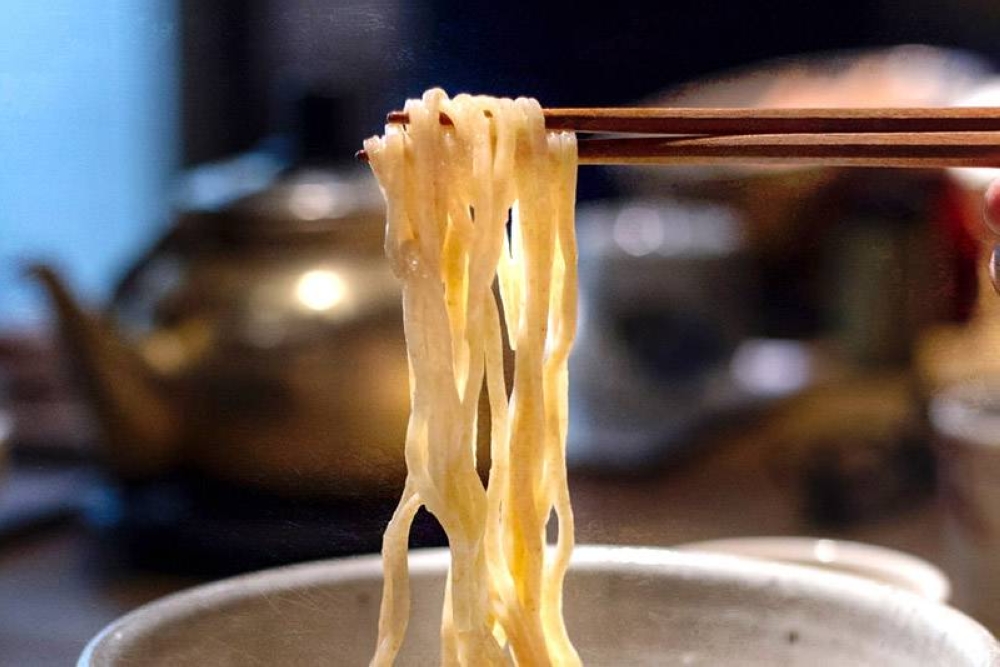
My favourite shoyu ramenya in Asakusa, Yoroiya, uses double-yolk eggs for their ajitama, making every bowl a visual delight. A touch of yuzu (a Japanese citrus fruit) imparts a refreshing note that ensures the soup is never too heavy despite the vigorous flavours.
Of course, in Asakusa, a standard ramenya would be a tad more claustrophobic than here in KL. In the Japanese capital, space is at a premium and slurping noodles elbow-to-elbow against your fellow diners wouldn’t be out of the ordinary.
Here at The Tokyo Ramen, however, things are far more commodious. In addition to counter seating, there are comfortable tables. The interior of the restaurant is elegant, suffused with warm and earthy tones.
It is an entirely different experience.
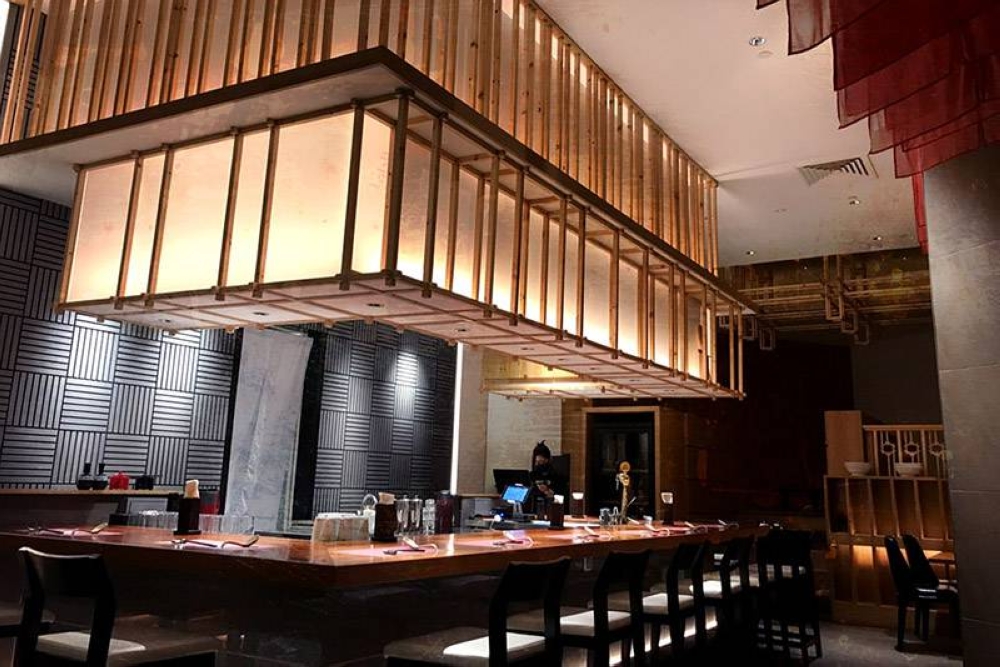
Despite its signature bowl, The Tokyo Ramen isn’t solely focused on shoyu ramen. They also have a salt-based Roppongi Truffle Shio Ramen with slow cooked chicken breast and leek, and a black sesame based Kuro Sesame Tan Tan Ramen with sautéed minced chicken and chives.
Whichever option you go for, every strand of ramen noodle is coated with the kampung chicken broth.
Still, those who aren’t fans of soup-based ramen might enjoy the Shibuya Taiwan Mazesoba, which is more of stir-and-mix concoction. It’s not unlike a dry chilli pan mee, albeit with fish powder instead of fried ikan bilis and fried chicken "tail” rather than crunchy fried lard.
Ramen noodles have to be cooked a certain way, of course. That’s what I miss seeing here — how the cook would shake water from the blanched noodles ensures they stay springy. This would be more of a common sight in a ramenya in Tokyo; you get a front row seat view of the action.
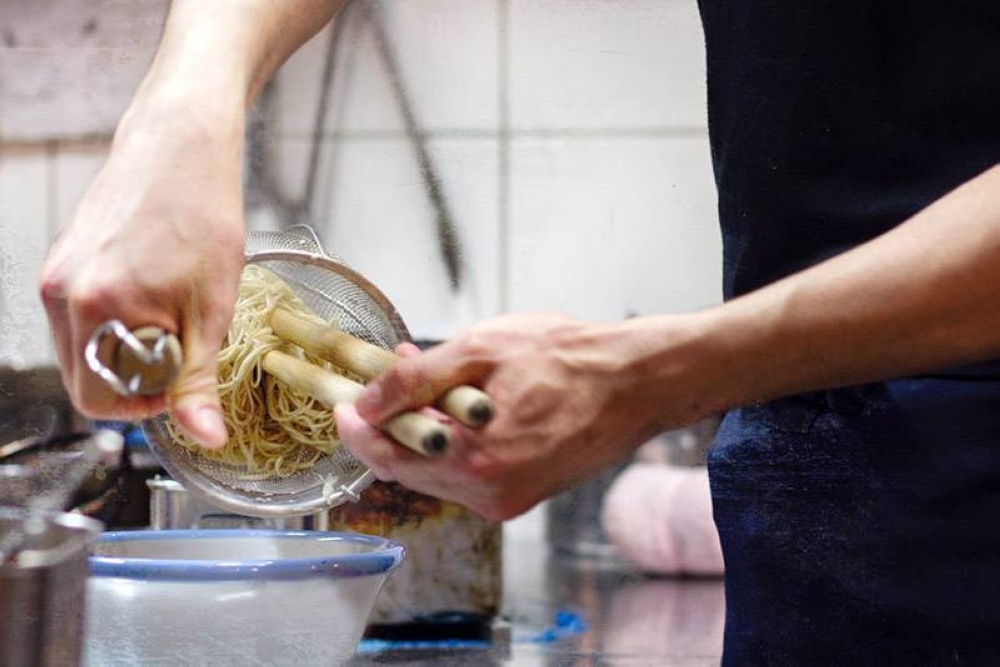
To complement our bowls of shoyu ramen, we decided to order a bowl of their Tori Chashu Don. Essentially a rice bowl with chicken chashu topped with an onsen egg, this is clearly one for those who just must have their rice.
In Japan, this is often a popular side dish (and sometimes comes together as a set with the main bowl of ramen) that cleverly uses up the end bits of the chashu roll that aren’t large enough to be cut into perfect slices.
Instead, these extra morsels are chopped up into meaty nuggets that season plain white rice with their flavourful fats. It doesn't have to be plain white rice though; at The Tokyo Ramen, mugi or steamed barley rice is used.
All that is left to do is to break the onsen egg atop the Tori Chashu Don and mix the golden yolk with the grains of rice. It’s a delicious mess.
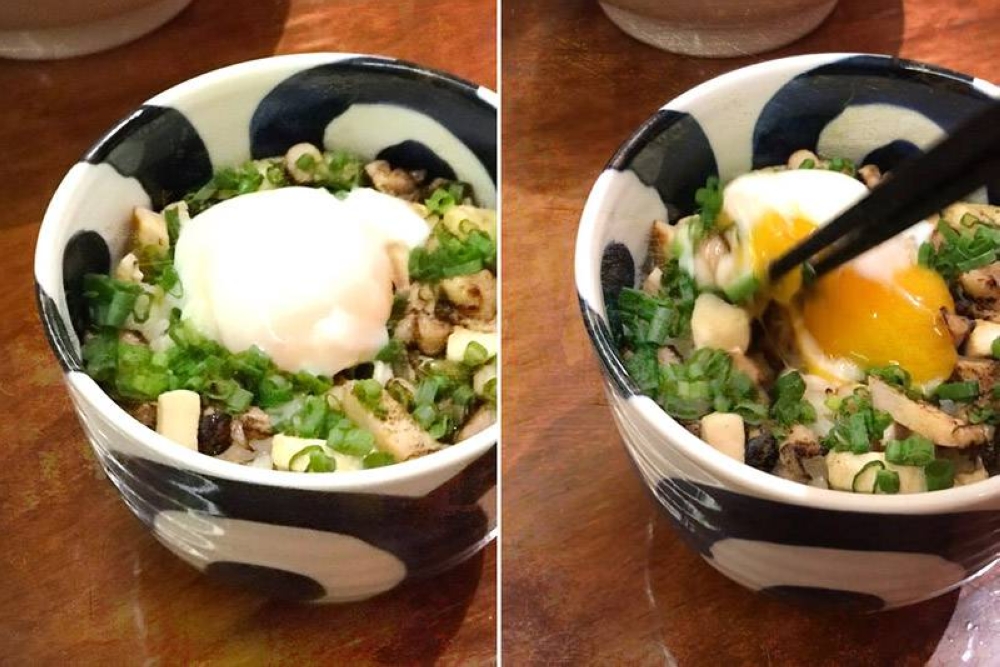
And that’s not the end of it. Mix any remaining rice with the leftover broth from your ramen to make a quick zosui or watery porridge. This way, you get three different meals — each with its own character.
How we approach dining at a ramenya is to find our own customs amid the rules and traditions. We would slurp the noodles and the hot soup, the better to cool them, but you don’t really have to, not here.
This classy space isn’t really a ramenya nestled inside a tiny Tokyo alley, after all. It is, I remind myself, an entirely different experience.
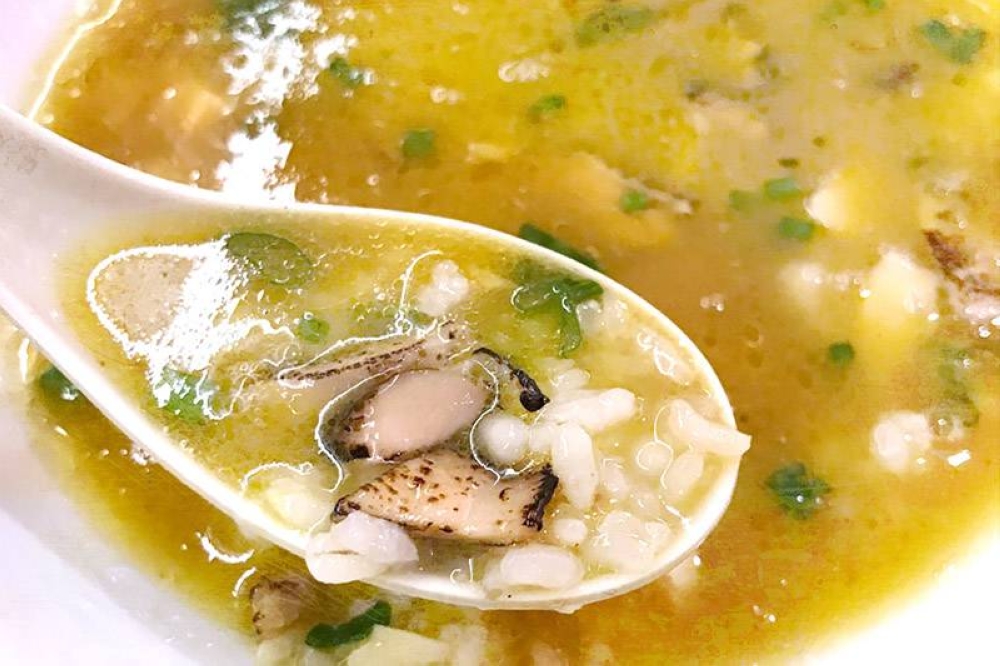
Take your time here; there isn’t a queue of hungry patrons breathing down your neck. Though, to be honest, that’s another thing I miss: slurping properly chewy and springy noodles in a cramped ramenya in Tokyo, fast and furious style, knowing someone else is eyeing your seat.
You wouldn’t deny them that either; you’d want them to savour the same experience as you did. The flavours would be heavenly but brief, as you’d be out of the shop in the blink of an eye.
But the taste of that bowl of ramen? Well, that will linger for far longer afterwards.
The Tokyo Ramen
Level 4, Lot 10, Bukit Bintang, KL
Open daily 11am-3pm & 5:30pm-11pm
Tel: 03-2119 2623
For more slice-of-life stories, visit lifeforbeginners.com.






















